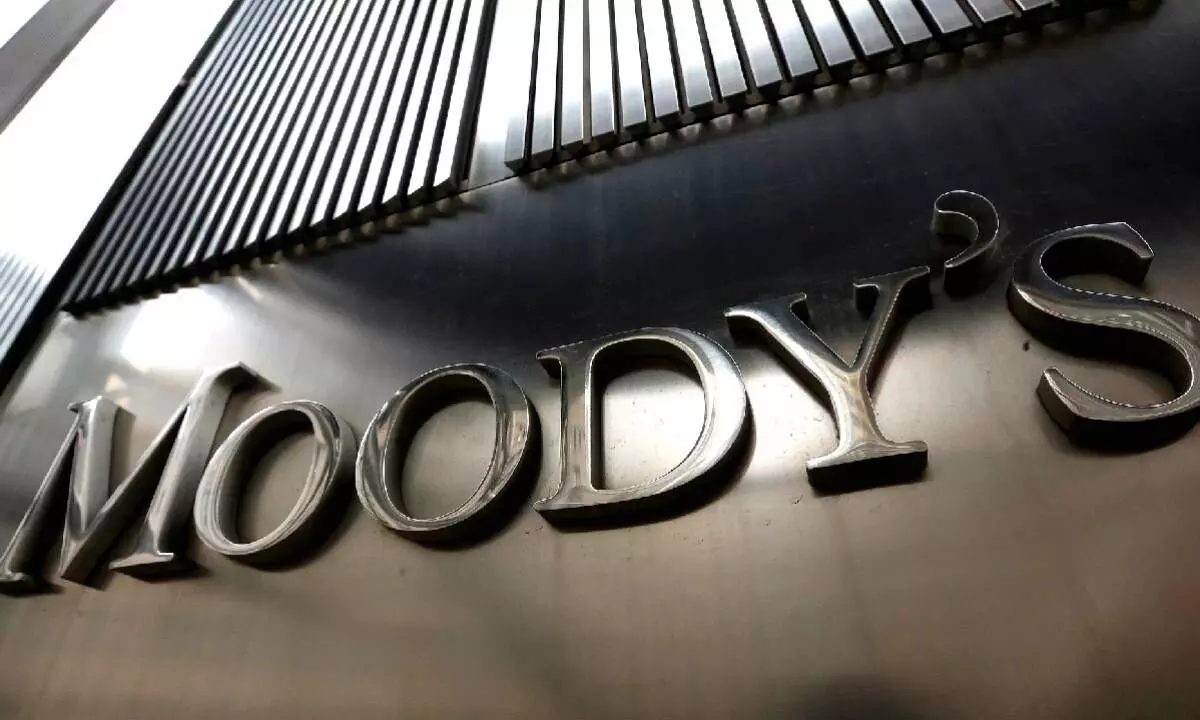Silence on Moody’s comments are signs of prudence, maturity
The Union Government and the BJP are yet to react to the observations of Moody’s Investors Service, which retained its sovereign rating for the government’s debt and its outlook for India at ‘stable,’ citing good economic growth.
image for illustrative purpose

The Union Government and the BJP are yet to react to the observations of Moody’s Investors Service, which retained its sovereign rating for the government’s debt and its outlook for India at ‘stable,’ citing good economic growth. The New York-based agency had recently talked about ‘curtailment of civil society’ in India and the violence in Manipur. In the circumstances, silence was prudent as an angry response could have drawn more flak from all quarters. One must consider four points when on the subject. First, Moody’s—and other Big Two agencies—rating of India at Baa3 is not very accurate. It is the lowest investment grade ranking as per Moody’s scale. AAA is Moody’s highest ratings range, followed by AA, A, Baa, Ba, B, Caa, Ca, and C, the lowest rating. Baa3 is the lowest of the Baa ratings. This is the reason that India has reportedly been trying for an upgrade in discussions with Moody’s. In comparison, China enjoys ‘A1’ with a stable outlook. This is despite its debt-to-GDP ratio being almost 280 per cent, as against India’s 84 per cent. Evidently, India’s demand for a higher investment grade ranking is justified.
Secondly, while Moody’s comments on the political situation in India, including Manipur, are not off the mark, though there seems to be an element of exaggeration in them. Its warning, that “an escalation of political tensions and/or a further weakening of checks and balances that would undermine India’s long-term growth potential would likely contribute to a downgrade [of its credit rating],” is over the top. The agency expressed dismay over suppression of “political dissent [and]… rising sectarian tensions.” It also said, “Although elevated political polarization is unlikely to lead to a material destabilization of government, rising domestic political tensions suggest an ongoing risk of populist policies—including at the regional and local government levels—amid the prevalence of social risks such as poverty and income inequality, as well as inequitable access to education and basic services.” It is true that the Narendra Modi government’s record on dissent and democratic rights is not exactly exemplary, but the previous regimes too were not paragons of tolerance and civil liberties. By the way, the Modi regime did not invent the Enforcement Directorate; it was there earlier too—and used for political purposes.
Thirdly, the Modi government would imperil the nation’s economic development and hurt its own electoral interest if it does not subject its politics to course correction. It cannot let the Hindutva hotheads to continue with their polarizing agenda, in the hope of electoral gains. No one escapes the law of karma; a professedly Hindu party should never forget this universal truth. This brings us to the final point: the government should stay focused on the economy. This is evident from Moody’s observation that India’s high growth “will support gradual fiscal consolidation and government debt stabilization.” It has also noticed that “the financial sector continues to strengthen, alleviating much of the economic and contingent liability risks. The government’s emphasis on infrastructure development… has led to tangible improvements in logistics performance.” The government should capitalize on such positives instead of divisive themes.

